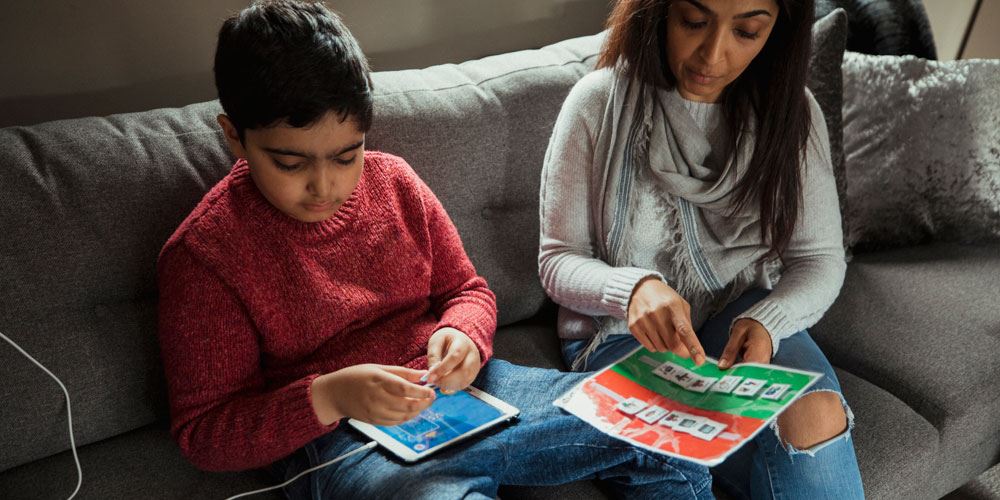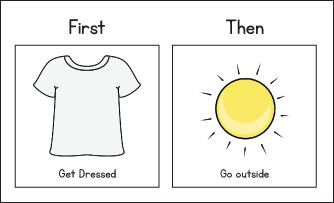Creating A Visual Schedule for your Child
People feel more comfortable when they know what to expect. The rule same applies to children. When you use a visual schedule for your child, you can help them:
- Know what's going to happen next
- Improve language skills
- Be more independent
- Learn first, next, then (sequencing)
Step 1: Choose ActivitiesBefore you begin, think about the activities you want to include. Will your schedule cover the whole day? Just parts where your child has trouble? Think about these questions and more as you complete step 1. | Step 2: Create a ScheduleWhen making your schedule, think about how your child gets information. Do they understand pictures? Words? Also think about the materials you have available. There are lots of ideas online! Consider these questions and more as you complete step 2. | Step 3: Try and ReviseSchedules are a great tool, but sometimes you will need to make changes. As you get better at using a visual schedule, you will be able to make changes that help your child. Learn more in step 3. |
Step 2: Create a ScheduleThere are lots of ways to make visual schedules. Schedules can be made with:
When choosing materials, think about whether you will take the schedule with you or use it at home. You should also think about size (for example, 2x2 inch icons are about the right size for a toddler or preschooler). Next, think about the tasks on the schedule.
If possible, ask your child to help choose the icons. This can help them feel ownership of their schedule. The final step is to make your schedule. Remember to make tasks durable and removable. Once your child has finished a task, they should remove it and put it in an "all done" pocket. | Tip: Getting StartedWhen starting out, it's best to use a simple schedule. Start with two symbols (first/then). For example, first get dressed, then go outside.
After your child understands first/then, you can add more steps. Tip: Create Different Schedules for Different ActivitiesRather than trying to fit a whole day into one schedule, create different schedules for different times of the day. For example, make a "morning routine" schedule and a "get ready for bed" schedule to use at different times of the day. |



